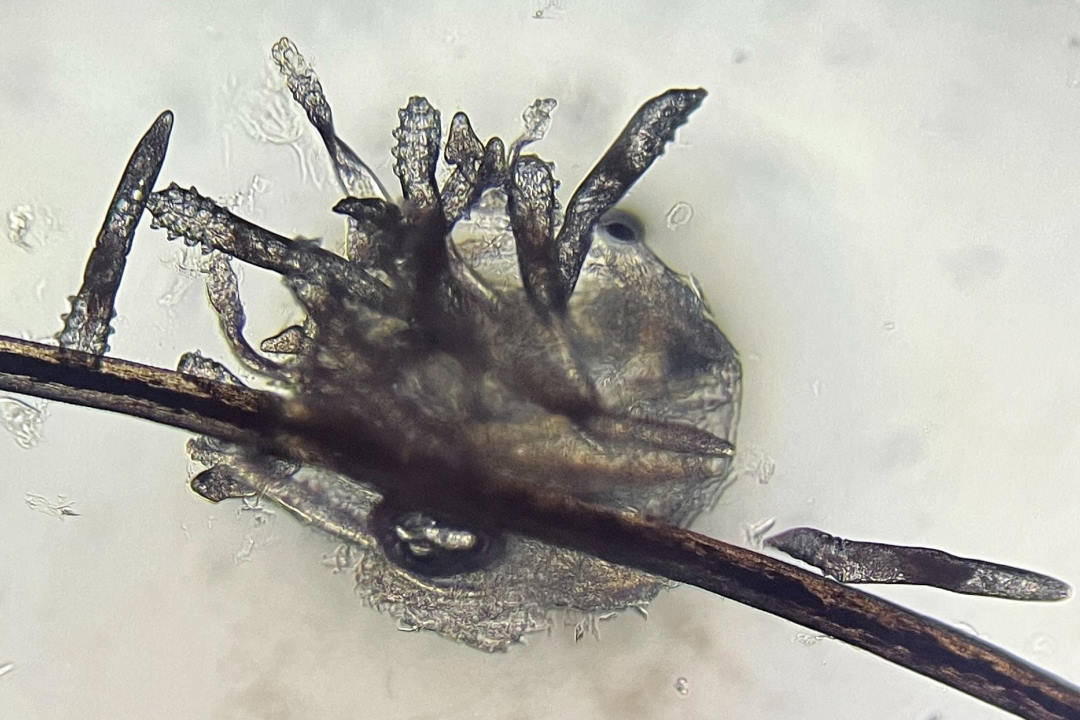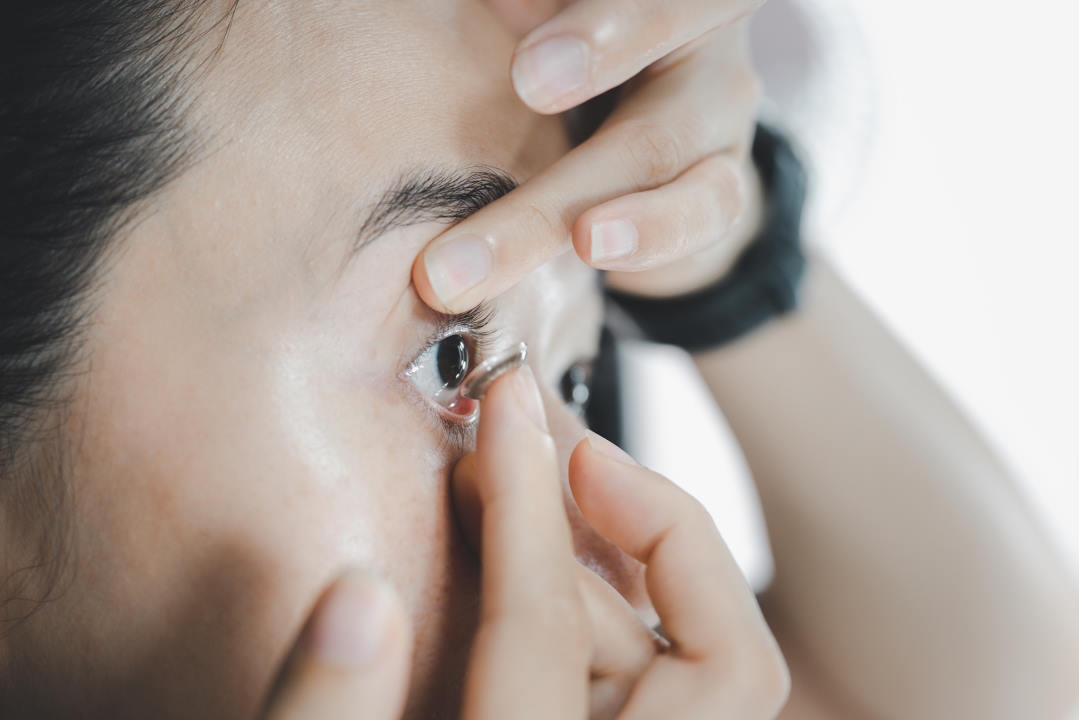Investigating Demodex’s susceptibility to castor oil
Demodex folliculorum is an eight-legged ectoparasite with a long tail, often found living within the follicles of eyelashes. Excessive numbers are thought to cause blepharitis and dry eye disease through deposition of waste products and harbouring bacteria, resulting in inflammation1.
The current standard of care for Demodex blepharitis is to use a tea tree oil (TTO)-based eyelid hygiene routine, which has been found to be effective at reducing mite loads. However, TTO can be very uncomfortable on application. Additionally, its main effective ingredient, terpinen-4-ol, has been found to be potentially toxic to meibomian gland epithelial cells, which are vital in maintaining tear film homeostasis2-5. This raises the need for an effective, long-term treatment which is easy to adhere to, without the adverse effects of TTO.
Castor oil has been recognised for its potential to improve eyelid health, which may include reducing the parasitic load6. Therefore, the Ocular Surface Laboratory team, together with Professor Etty Bitton during her visit from the University of Montreal, attempted to answer the intriguing question of just how long Demodex mites can survive when exposed to cold-pressed castor oil.
Method
Eyelashes of participants identified to have cylindrical dandruff (collarettes) were epilated with patient consent and observed under high microscopic magnification. Only adult Demodex confirmed to be alive through movement in their tail, legs or mouth were included for analysis. These mites were exposed to 5µl of either a proprietary formula of castor oil (cold-pressed castor oil with manuka and kanuka oils), 100% castor oil, 100% TTO or 50% TTO diluted with coconut oil and compared with unexposed ‘control’ mites. The mites were observed every five minutes until movement could no longer be seen.
Results
Unexposed mites did not desiccate and survived the full eight-hour testing period. Both castor oil solutions killed the mites in a similar timeframe (p>0.05) within several hours of application. As anticipated, TTO killed the Demodex within several minutes, in a dose-dependent manner.
Discussion
The outcome of this ex-vivo study confirms previous clinical findings6 suggesting that prolonged exposure to castor oil, consistent with twice-daily periocular application in the clinical setting, may prove to be an effective natural alternative to TTO for reducing Demodex numbers. Clinical studies are ongoing to understand more about the impact of castor oil on patients affected by Demodex blepharitis.
References
1. Bron A, de Paiva C, Chauhan S, Bonini S, Gabison E, Jain S, et al. TFOS DEWS II pathophysiology report. Ocul Surf. 2017;15(3):438-510.
2. Savla K, Le J, Pucker A. Tea tree oil for Demodex blepharitis. Cochrane Database Syst Rev. 2020(6).
3. Jones L, Downie L, Korb D, Benitez-del-Castillo J, Dana R, Deng S, et al. TFOS DEWS II management and therapy report. Ocul Surf. 2017;15(3):575-628.
4. Chen D, Wang J, Sullivan D, Kam W, Liu Y. Effects of terpinen-4-ol on meibomian gland epithelial cells in vitro. Cornea. 2020;39(12):1541-1546.
5. Martínez-Pulgarín D, Ávila M, Rodríguez-Morales A. Interventions for Demodex blepharitis and their effectiveness: a systematic review and meta-analysis. Cont Lens Anterior Eye. 2021;44(6):101453.
6. Muntz A, Sandford E, Claassen M, Curd L, Jackson A, Watters G, et al. Randomized trial of topical periocular castor oil treatment for blepharitis. Ocul Surf. 2021;19:145-150.

Jordan Cooper is a fifth year BOptom student at the University of Auckland, conducting research under the supervision of Prof Jennifer Craig. He plans to commence PhD studies with the Ocular Surface Laboratory (OSL) in 2025.

Catherine Jennings is a research optometrist and PhD candidate in the OSL at the University of Auckland supervised by Professors Jennifer Craig and Alex Müntz and Dr Kalika Bandamwar.


























